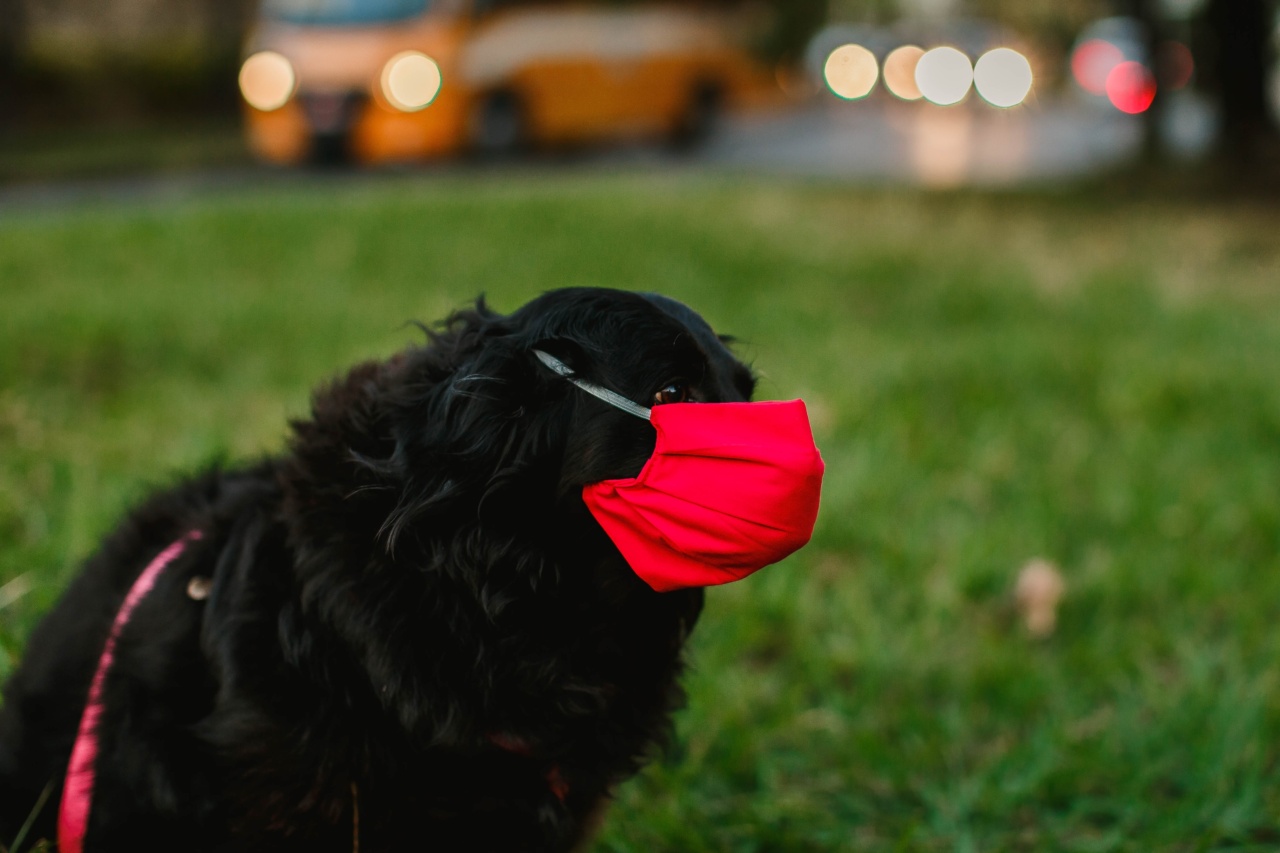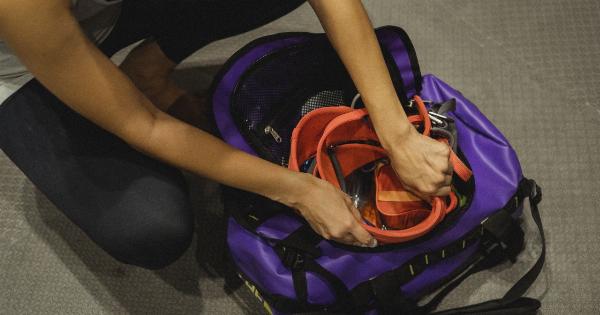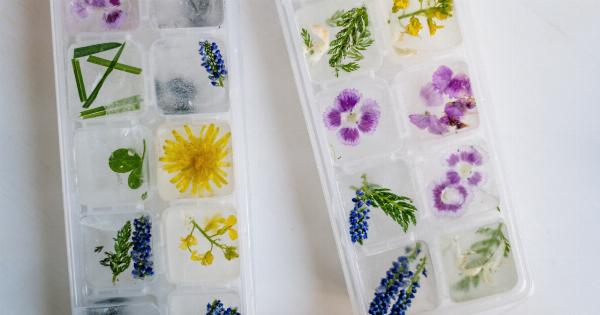Summer is here and it’s time to have some fun in the sun with your furry best friend. However, with the rising temperatures, it’s important to keep in mind that dogs can easily overheat and suffer from heat-related illnesses.
Here are some tips to keep your pup cool and happy during the hot summer months.
1. Never Leave Your Dog in a Hot Car
One of the most dangerous things you can do to your dog is leaving them in a parked car on a hot day. Even if the windows are cracked open, the temperature inside the car can reach lethal levels in less than 10 minutes.
Leave your dog at home, or if you need to take them with you, make sure they stay with you and have access to shade and water.
2. Keep Your Dog Hydrated
Dogs need to stay hydrated just like humans do. Make sure your pup has access to plenty of water, especially when outside in the heat. Bring a portable water bowl with you on walks and hikes, and always provide fresh, cool water in their bowl at home.
If your dog doesn’t drink enough water, they can easily become dehydrated, which can lead to serious health problems.
3. Provide Shade and Cooling Options
Dogs need a shaded area to cool down in during hot weather. If your dog spends time outside, make sure they have access to a shaded area, whether it’s under a tree or a canopy. Consider getting a kiddie pool for your dog to splash around in.
You can also use cooling mats or bandanas to help keep your pup cool.
4. Avoid the Hottest Parts of the Day
The sun is hottest during the middle of the day, so try to plan your dog’s outdoor activities for early morning or late evening when it’s cooler.
Avoid walks and outdoor activities during the peak hours of the day to prevent your dog from getting too hot and overheating.
5. Watch for Signs of Overheating
It’s important to know the signs of overheating in dogs so you can act quickly if necessary. Symptoms of overheating include excessive panting, drooling, lethargy, vomiting, and loss of coordination.
If you suspect your dog is overheating, move them to a cool, shaded area and give them access to water. If the symptoms don’t improve, take your dog to the vet right away.
6. Take Advantage of Air Conditioning
If it’s too hot for your dog to be outside, bring them inside where it’s cool and air-conditioned. Dogs with thick coats or respiratory problems are especially vulnerable to heat stroke.
Keep your home cool and comfortable for your pup, and make sure they have access to clean water and a cozy spot to rest.
7. Be Mindful of Hot Surfaces
Sidewalks, pavement, and sand can quickly become scorching hot on a sunny day. This can cause serious burns on your dog’s paws.
Check the temperature of the surface with your hand before letting your dog walk on it, or consider getting booties to protect their paws.
8. Groom Your Dog Regularly
A well-groomed dog will be able to regulate their body temperature more efficiently. Brush your dog regularly to remove excess fur and bathe them as needed to keep them clean and cool.
Keeping your dog’s fur trimmed can also help them stay cooler in hot weather.
9. Consider Indoor Activities
If it’s just too hot to be outside, consider indoor activities that will keep your pup active and entertained. Some ideas include training sessions, puzzle toys, and games of fetch indoors.
10. Stay Prepared in Case of Emergency
Despite your best efforts, accidents can still happen. Make sure you’re prepared in case of an emergency. Keep a first aid kit handy and know what to do if your dog shows signs of heat stroke or other heat-related illnesses.
Take your dog to the vet immediately if you suspect they’re suffering from heat exhaustion or heat stroke.




























